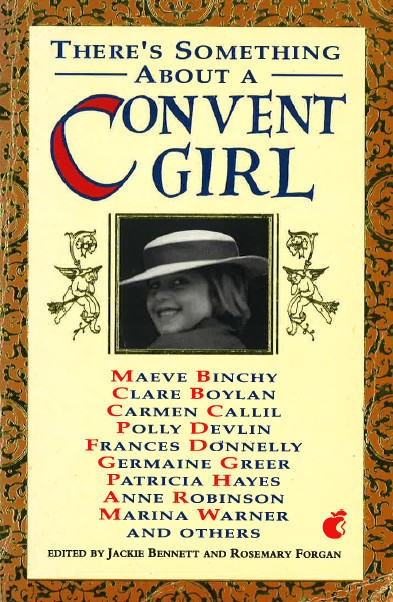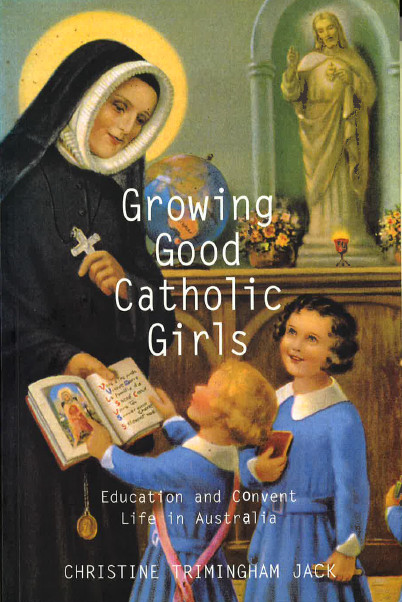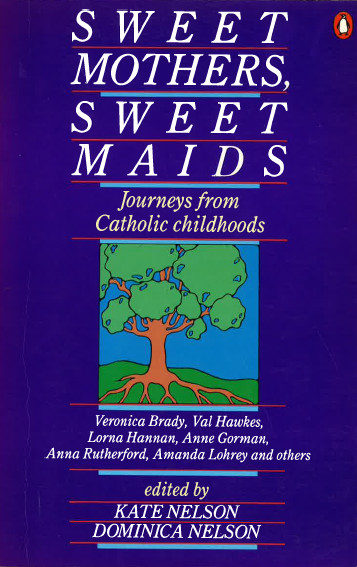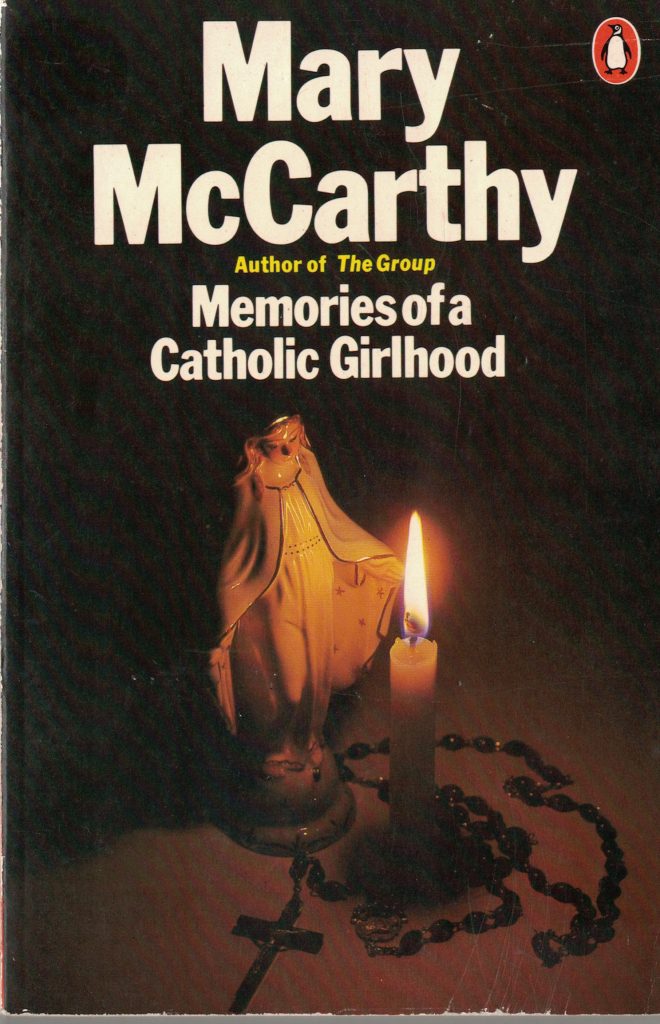Keary, A., Garvis, S. & Walsh, L. (2022). A visual analysis of intergenerational play histories and practices: Five generations of an Australian family, Journal of Gender Studies. [Online]
https://doi.org/10.1080/09589236.2022.2119375
ABSTRACT
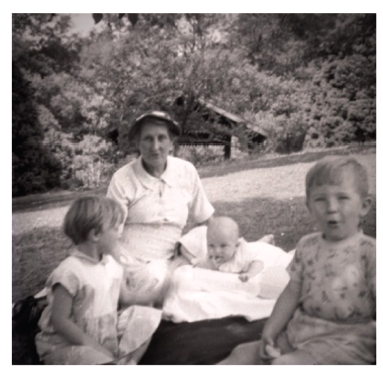
Exploring play and leisure histories and practices in a visual analysis of family photos opens ways to scrutinize intergenerational relationships. In this paper, we explore ideas about interactions between the old and young, and within and across generations through a visual analysis of play and leisure activities. By looking back through five generations of family photos of one Australian family, we examine play and leisure practices of older generations that are continued, adapted or changed over time as they are passed down through the generations. We argue that intergenerational play and leisure practices can provide a space and time for social interaction between younger and older generations. Importantly, play and leisure practices within families can be a means for growing intergenerational relationships.
Keary, A., Garvis, S. & Walsh, L. (2022). The rhetorics of play: Visual analysis of children’s play across generations of an Australian family. International Journal of Early Years Education
https://doi.org/10.1080/09669760.2022.2107896
ABSTRACT
Play is a place of diverse meaning-making for young children and often central to family life. This paper reports on a family study in which the authors analyse Author One’s family photos of young children’s play across four generations. The photo analysis shows continuity and transformations in the types of play activities the young children engaged with across the generations. A facet of this study is gaining insights into how these familial photos operate in the cultural sphere of family, community and broader socio-political contexts with the analysis set against the seven rhetorics of play espoused by play historian Sutton-Smith. The study explores how young children’s play lasts and transitions across four generations in line with early childhood education ideologies of the times.

Keary, A., & Egan, R. (2020). Book Review: The Laywoman Project: Remaking Catholic womanhood in the Vatican II era. Affilia-Journal of Women and Social Work.
https://doi.org/10.1177%2F0886109920963023
Walsh, L., Keary, A. & Gleeson, J. (2019). Non-linear Transitions: An Intergenerational Longitudinal Study of Today’s Young Women in Education and Work, Young.
https://doi.org/10.1177/1103308818817632
ABSTRACT
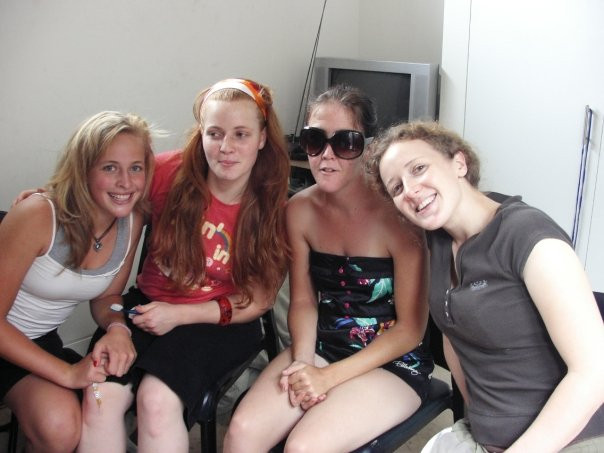
Labour markets are characterized by uncertainty and youth transitions by change. This longitudinal study of three generations of Australian women from nine families suggests something more nuanced, featuring continuities and discontinuities threaded throughout the lives of daughters, mothers, grandmothers and aunts interviewed over three decades.
Discussion focuses on the most recent generation of interviewees, following some of the threads of their testimonies back through previous generations of family to reveal similarities and some differences in their navigation of education and work. The findings suggest that the pathways of women today are more fluid but no more disrupted than previous generations, urging continued wider reflection on the concept of transition in youth studies and related relational, spatial and temporal dimensions of study and working life. Though problematic, the transitions metaphor still has meaning in the non-linear journeys of women as they navigate their ways from school to post-school life.
Anne Keary (2017): ‘Familiar friends’: Catholic mother–daughter narratives,Culture and Religion, 17(4), 450-467
http://dx.doi.org/10.1080/14755610.2017.1287108

ABSTRACT
The main theoretical and practical focus of this paper is on the Catholic mother–daughter relationship, and how connections between women shape, and are shaped in, and through this nexus. It is contended that it is imperative that we begin to understand different representations of connections among, and between women, including that of mothers and daughters, as they compose part of the changing yet continual dialect of our (religious) feminine identities.
The intent is to embrace the contradictions and polarities, which are apparent in these inter-generational relations. This article is set-in middle-class suburban Melbourne Australia, and spans the period from the early to late twentieth century. Conversations between an Anglo-Saxon Catholic mother and daughter act as a catalyst to discuss the matrilineal pedagogical dimensions that mark female relations within social and religious discourses.
Anne Keary (2016) Catholic Mothers and Daughters: Becoming women, Feminist Theology, 24(23), 187-205.
https://doi.org/10.1177/0966735015612179
ABSTRACT
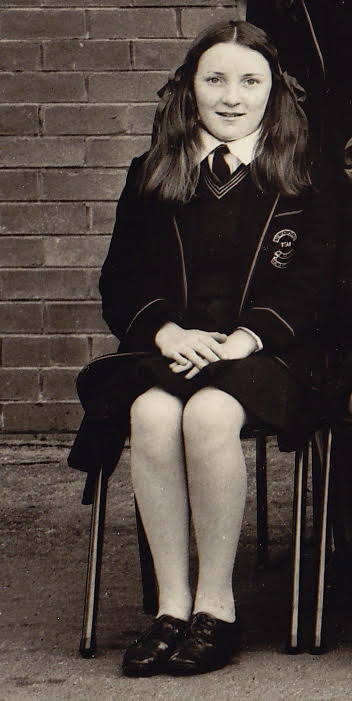
The socio-historical events and libertarian cultural movements of the 1960s and 1970s shaped the Catholic mother-daughter relationship for the women in this feminist genealogical study. This study is based on interviews with 36 Anglo-Australian Catholic women – 13 sets of mothers and daughters – as well as dialogue between my mother and myself about family photographs.
Women’s stories of secondary school days tell of the formation of lady-like identities circumscribed through uniform regulations, the cult of the Virgin Mary and ceremonies of everyday Catholic school life. The abject maternal body resurfaces in adolescence with the flow of menstrual blood, and the heralding sexuality of young women is circumscribed through patriarchal institutions such as Catholicism. Amid their silenced and contested dialogue, although years apart, the stories between mothers and daughters in this study drew parallels.
Anne Keary (2014). Catholic mothers and daughters: Resilient Conversations, Culture and Religion, 15 (1), 21-38.
http://dx.doi.org/10.1080/14755610.2014.882851
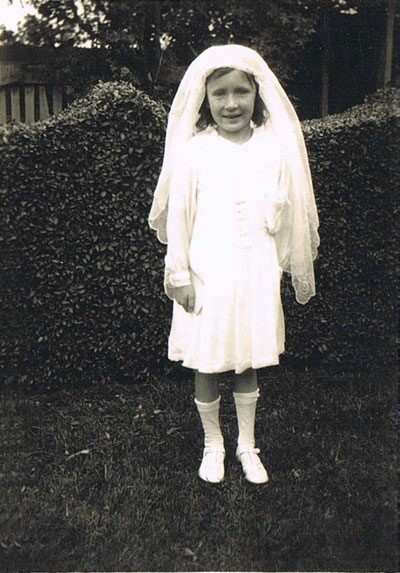
ABSTRACT
In this paper, conversations between a group of white, middle class, adult Australian mothers and daughters are examined to disclose the symbolic dimensions that mark girlhood, womanhood, motherhood and the mother–daughter dyad within Catholic discourse. In their conversations, women unravel, and produce understandings of themselves as women, and as mothers and daughters that operate at both a symbolic and real material level.
The women in their intergenerational dialogue depict a visceral account of Catholic desire, guilt, pleasure, piety and anger. They offer insights into the curious patriarchal religious rituals; logic and superstition that shaped their Catholic upbringings and that still permeate their adult lives. For it becomes evident that they are still affected by, and living out, the intensity of this religious force. By constructing traces of the Catholic mother–daughter nexus which relates back to women’s conversations, the intention is not to construct a closed off space but, rather, to construct a place in which women actively talk, listen and read, and by so doing come to a better understanding of their own social gendered embodied selves.
Anne Keary (2013). Feminist Genealogical Methodologies, Feminist Theology 21(2) 126–144.
http://dx.doi.org/10.1177/0966735012462839
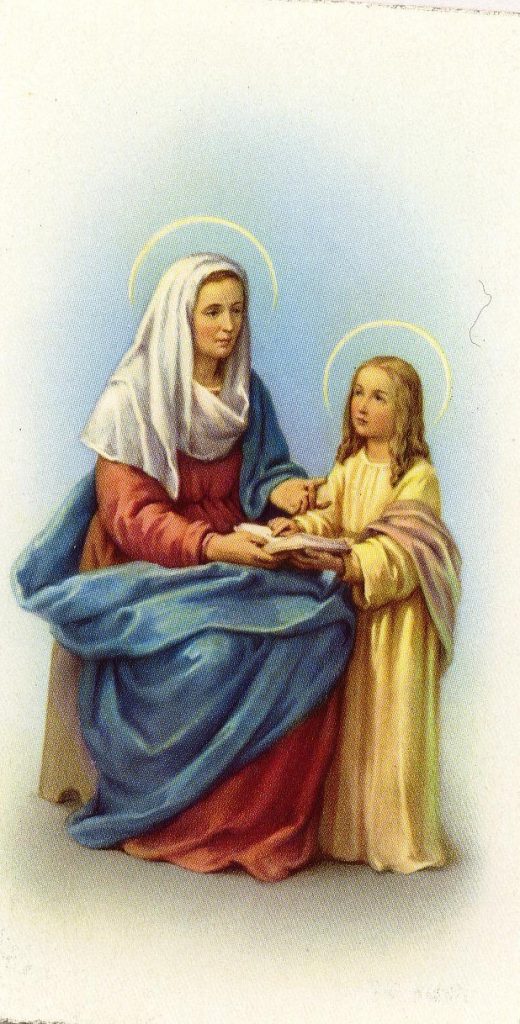
ABSTRACT
This paper describes the multi-methodological approach employed in a partial, situated, contingent and interpretive feminist political analysis of Catholic mothers and daughters. The study draws on a number of sources including transcripts of mother-daughter interviews, autobiographical anecdotes, photographs, music, icons of Catholicism and poetry.
It is argued in this paper that a feminist multi-methodological approach is valuable to feminist research as it disrupts the linear and logocentric construct of traditional social science research. Moreover, a multi-methodological and multi-sourced approach opens up sites so that the mothers and daughters in this study could be positioned within specific histories and contexts and provided with a space so that as women they could reconstruct themselves as self-referential subjects.
Anne Keary (2013) De/Composing Gran’s Photo Album, Cultural Studies, 27(6), 955-981.
http://dx.doi.org/10.1080/09502386.2012.732593
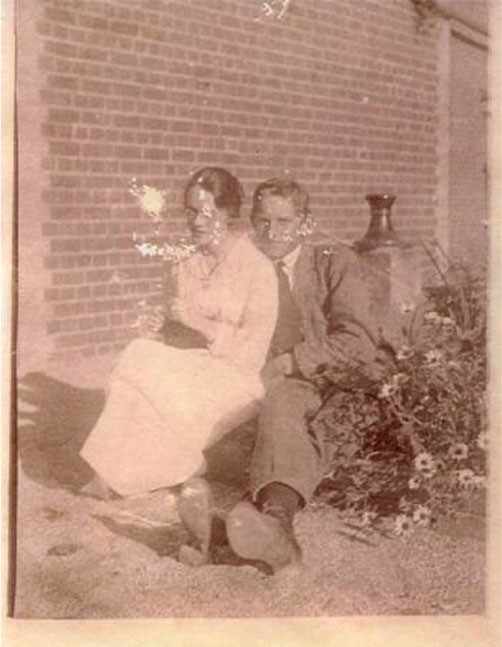
ABSTRACT
This is the story of my maternal grandmother’s photo album as it is seen through the feminist psychoanalytic eyes of her granddaughter. The photos take on particular meanings as my mother and I ponder over them. The photo album, set against the backdrop of the early twentieth century, tells tales of frivolity and young romance, friendship and daughterhood, extended families and holidays.
What is most significant, however, is the way in which the photos are framed within the patriarchal Catholic discourse, which enveloped my grandmother’s life. Yet, it is argued that there were, and continue to be, momentary fissures and ruptures in this patriarchal discourse as feminist psychoanalytic frames come into view.
Keary, A. (2011). Catholic girls: The mother-daughter nexus, Gender and Education, 23 (6), 797.
http://dx.doi.org/10.1080/09540253.2010. 527827
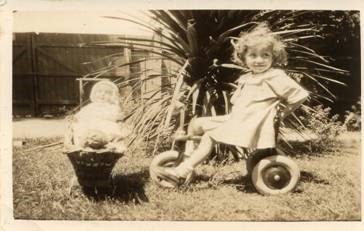
ABSTRACT
This paper examines Catholic girlhood, womanhood and the mother–daughter relationship, and its socio-historical construction within a range of disparate discourses. The aim of the paper is to deconstruct dominant patriarchal constructions and images of femininity, particularly those embedded within the doctrine of Catholicism. Moreover, the paper intends to reveal traces of maternal connections and relations which are often hidden by more dominant discourses.
Rather than providing a historical account of Catholic girlhood, the object is to tell a perspectived story of the local and contextual experiences of growing up and being educated to be a ‘good Catholic woman’ in suburban Melbourne, Australia in the 1920s and 1960s. In telling the story it is hoped that other women can momentarily engage with this narrative of Catholic girlhood and the mother– daughter relationship.
Additional Reading

